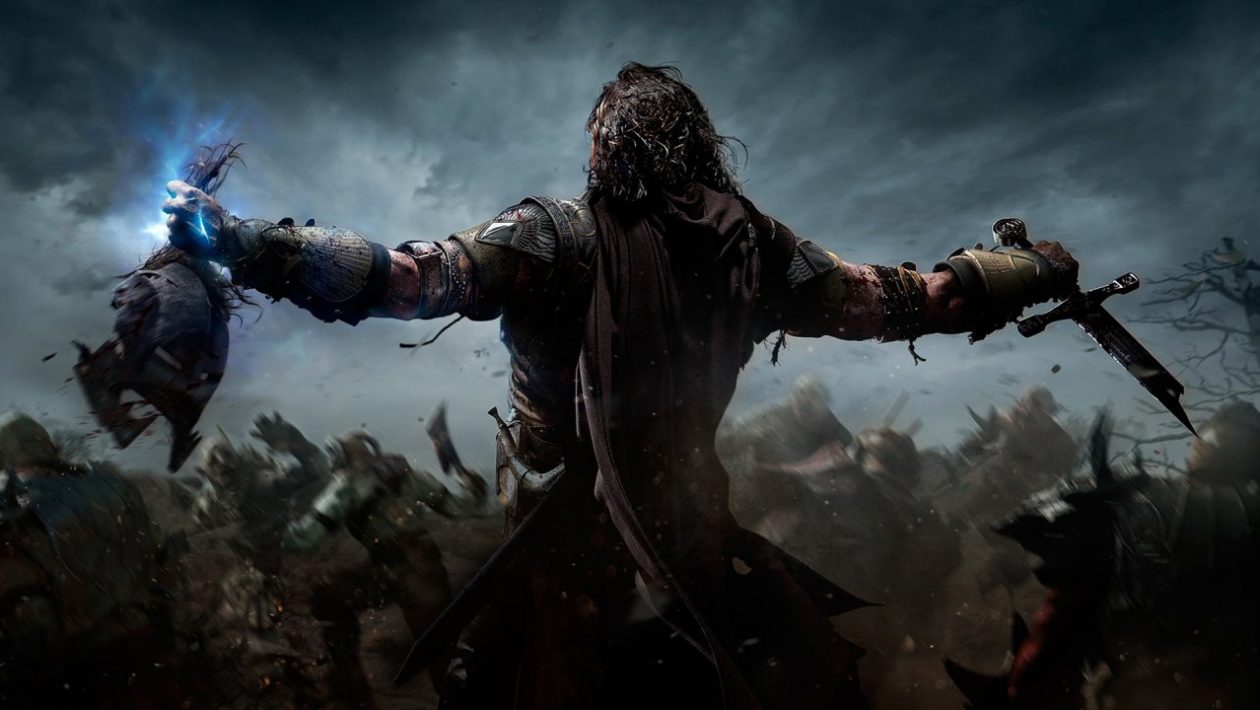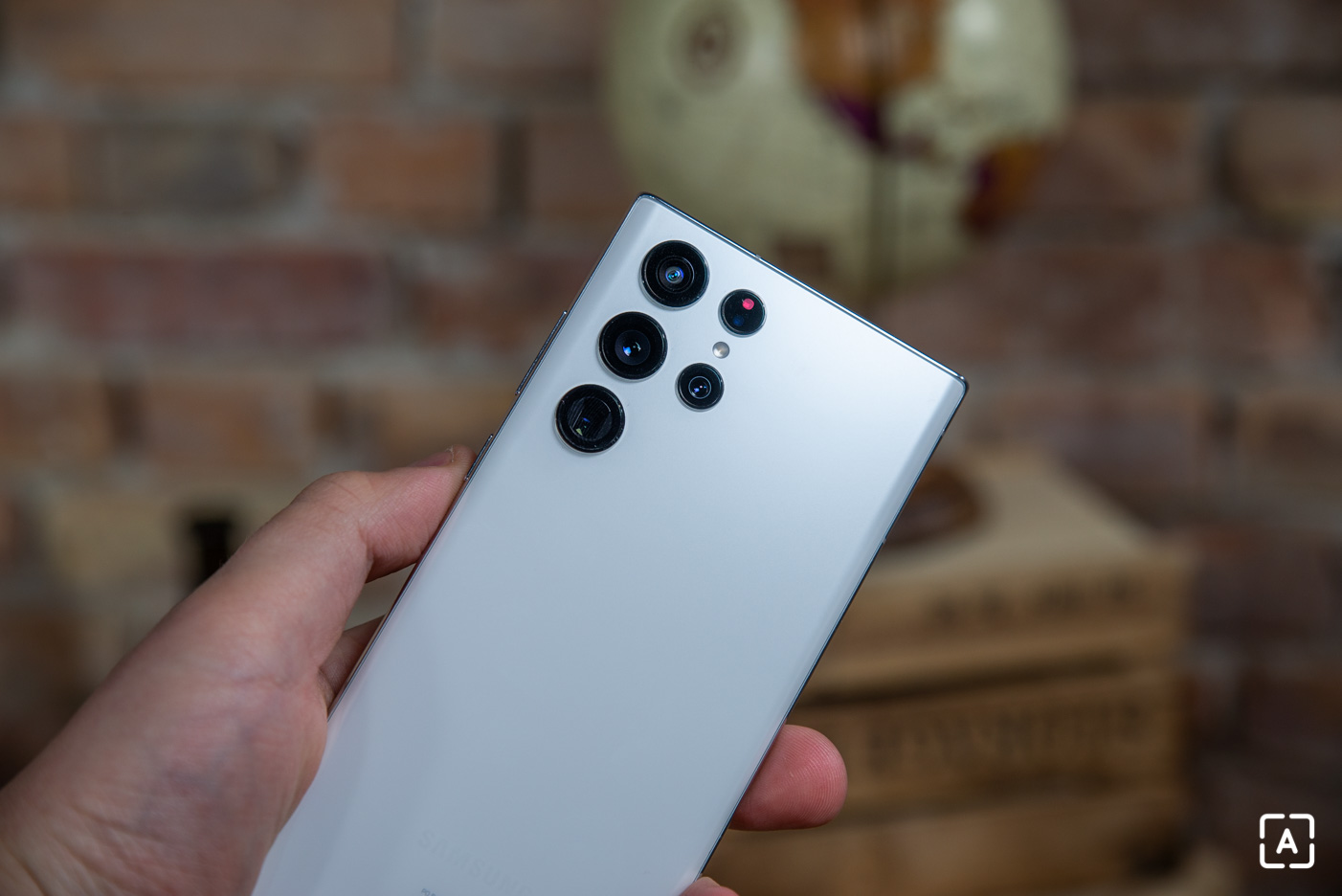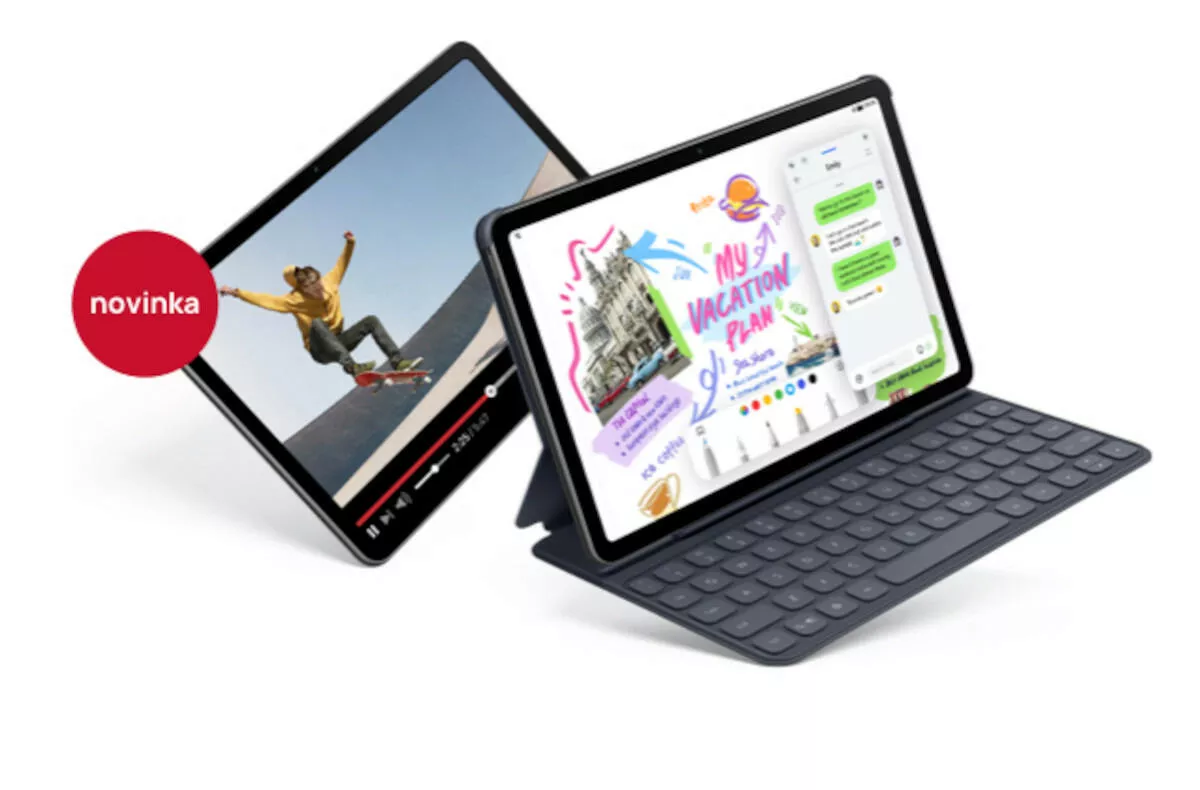The Nemesis system has been successfully patented -apkrig
Earlier last week, we briefed you on a long-running effort by WB Games developers to patent a hierarchical Nemesis system that controls the interaction with NPCs and their behavior. In 2014, it was developed by developers from the Monolith studio, who designed it for the game Middle-earth: Shadow of Mordor and also used it with modifications in the sequel with the subtitle Shadow of War. The system took care of placing enemies in the game world and then memorizing player actions related to specific NPCs. She then based her interaction with the player in the upcoming fights, in which she went more prepared, because she already knew the player’s style and could refer to him not only in fights, but also in dialogues, which added a special atmosphere to the experience. Probably that’s why Warner Bros. wanted it. a year after the publication of Shadow of War patent, but efforts were not fulfilled until February 3, 2021.
The editors of IGN were the first to notice the registered patent, but the question remains whether this is a reason to celebrate. Although it may have seemed that after the success of the mentioned titles, Nemesis will be reflected in suitable places in the entire portfolio of WB Games, this has not happened yet. We also saw no interest from other studies in using exactly what Monolith’s designers had come up with, and when similar mechanisms were used, they were always the work of specific developers. Nevertheless, the Nemesis patent now clearly states that it will be held by the people of WB Games until 2035, and if anyone happens to want to transfer know-how, they will have to pay license fees. Otherwise, when using NPC modes strikingly similar to the enemy’s behavior in Shadow of Mordor and Shadow of War, WB Games is likely to go to court.
The Nemesis system is simply described in the patent as a set of procedurally generated NPCs that operate in a specified hierarchy, interact with the player, and remember his actions. In addition, all NPCs have their own unique appearance and abilities, which are also influenced by the player’s interventions, and their position in the ranking of the hierarchy can change. So much for setting boundaries that can still be used, and what would be in conflict with a patent, but if you are wondering how the misuse of these mechanisms will be proven, the answer is – difficult. Although WB Games have used Nemesis in only two of their games, there are other developers who have at least been inspired, but they are still ideas from specific designers, to whom no one seems to show how many ideas were theirs and how many you – as in other cases across the whole spectrum of the gaming industry – borrowed from elsewhere.
Does it now give WB Games the power to question any game that operates with similar elements and at least slow down its development?
The system of mercenaries in Assassin’s Creed is most often mentioned in terms of agreement, or rather similarity with the Nemesis system. It is not such a sophisticated system, but at least in several points it corresponds exactly to the description of Nemesis in the patent. These are procedurally generated NPCs, the hierarchy is also valid and they respond to the player’s actions. Sure, at the time of the Odyssey release, where the system first appeared in this form, there was no patent, but does it give WB Games the power to question any game that operates with similar elements and at least slow down its development? As expected, some developers who have commented on the situation on social networks have a similarly embarrassing attitude to the patent.
somehow i missed that WB patented the Nemesis™ system.
lmao what a load of shit.
— Josh Sawyer (@jesawyer) January 29, 2021
Mike Bithell, author of Thomas Was Alone, points out, for example, the paradox that WB Games patent a system from a game that, in addition to Nemesis, only replicates the mechanisms of other games. Obsidian’s Josh Sawyer laughed at the WB Games process, explaining that he said everyone should applaud those who took an established system and moved it to a better level, not throwing sticks at his feet in this way. Perhaps the strongest comment on the patent was designer Cat Manning, who signed, for example, League of Legends or Pathologic 2. She said that the patent was too general, and therefore completely absurd, and suggested that the same words used to describe Nemesis could apply to a whole host of other systems on which she has worked or researched during her career. Manning closes his tweets by saying that although he is not interested in copying the system, he fears that WB Games may now stop the development of many projects.



